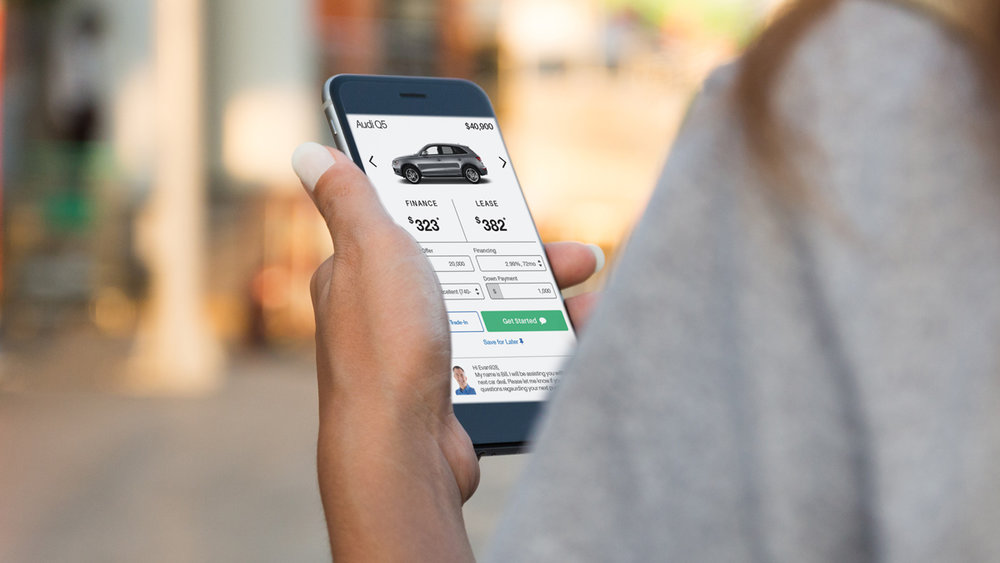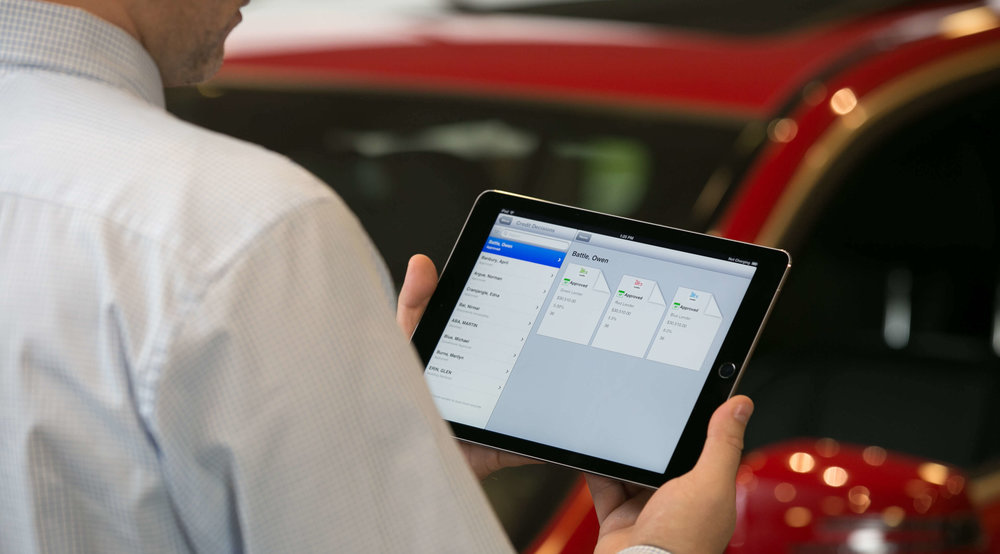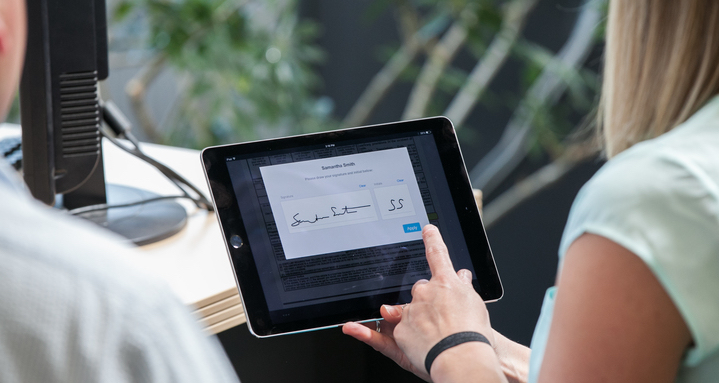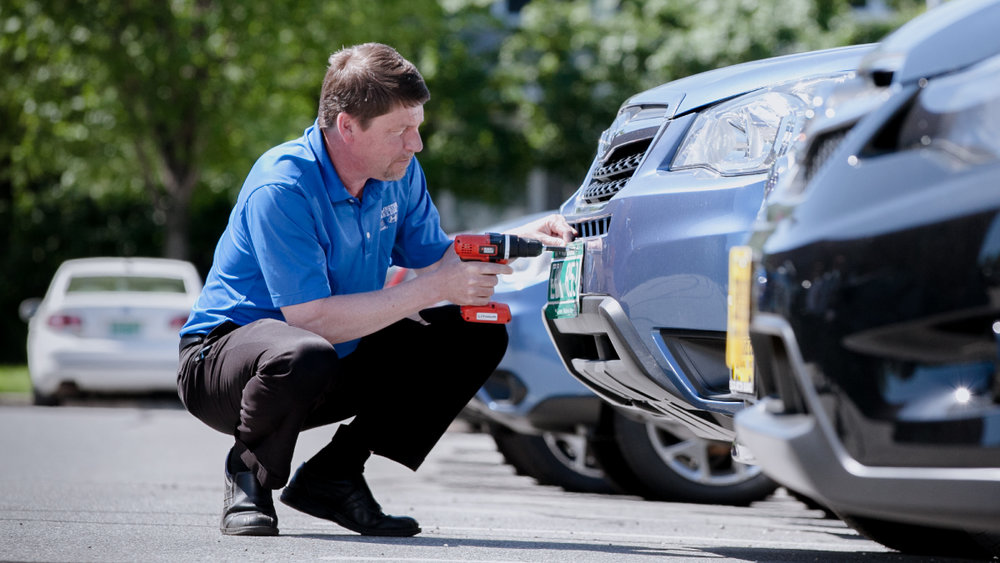Today’s shoppers expect a connected retail workflow that starts at their personal digital device and ends in a dealership environment, prepped and ready to meet their needs. They expect the sales team in the showroom to continue the conversation started online and to use technology to do it.
Skeptical? Don’t be. Consider that according to Cox Automotive’s 2017 Buyer’s Journey, the Internet takes 60 percent of the time spent shopping for a car – and the number of dealerships visited by a shopper has fallen to around two.
You get the picture. More time online, fewer dealerships = a consumer that knows what they want, from make to model and deal. But why does meeting those expectations begin with technology? Because workflow solutions that seamlessly connect the online to in-store experience make buying a car easy, fast and simple. For example, accurate data in a desking solution provides a fast and precise first pencil, or using electronic contracting to speed funding and reduce costs.
Technology is a Partner
Today, technology is a partner in how you start, structure and transact a deal. If your workflow streamlines the amount of time spent for all parties, if it helps to reduce the cost of doing business, and if it improves the overall experience…chances are it will help turn around the negative perception that currently exists, a stigma driven in part by the amount of time it takes to negotiate and finish paperwork. The 2016 Cox Automotive Emotional Connections Study found that the top pain point for people during their car purchase experience was during the negotiation and finance phase: almost 50 percent surveyed expressed emotions of anxiety, frustration, fear, confusion and boredom.
The message? Shrink the three-hour showroom odyssey into a one hour pleasure cruise. Do that and you may improve deal-making and lower costs with solutions that include the following:







Selling cars isn’t easy, especially in today’s high-tech, high-powered and supercharged world. Adapting to new technology and adjusting to new expectations from customers – that’s even more of a challenge. Those who meet that challenge carry the advantage of selling cars the way customers want to buy them, an advantage that plays out in every deal, every day, and with every customer.
